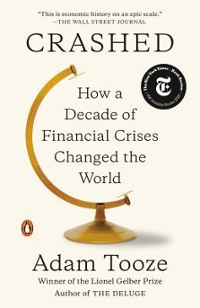Question
ii). Required: The New York Times reported... That subway ridership declined by seven (7) million fewer riders in THE MONTH OF December, 1995, the first
ii). Required: The New York Times reported..." That subway ridership declined by seven (7) million fewer riders in THE MONTH OF December, 1995, the first full month after the price of the token increased $.65 to $1.85, than in the previous December, resulting in a 9.3% ridership decline."Note: Token increase from $ 1.20 to $1.85 = + $.65 increase).
> With this information, estimate the Price elasticity of Demand ("PED") for subway rides; According to your analysis, what happens to the Transit Authority's total revenue when the fare rises? Explain and also interpret the economic calculation of "PES"..... If Supply (output) increases by + 5 % given the token increase, what then is the "PES" value & interpret ?
> Why might your initial elasticity calculations be unreliable ?
> If your total cost is $100 M (50 % fixed, 45% variable & 5 % opportunity costs) based on the documented token increase, are you now generating enough revenue to cover your operating costs? Explain. Hint: Formulas to use are TR - TC = Profit; Determine & interpret BOTH your Accounting & Economic profit / loss position. Does cash - flow analysis come into play ? Explain ?
Step by Step Solution
There are 3 Steps involved in it
Step: 1

Get Instant Access to Expert-Tailored Solutions
See step-by-step solutions with expert insights and AI powered tools for academic success
Step: 2

Step: 3

Ace Your Homework with AI
Get the answers you need in no time with our AI-driven, step-by-step assistance
Get Started


